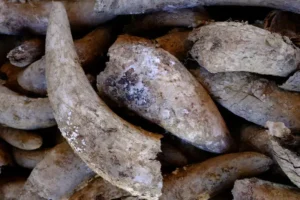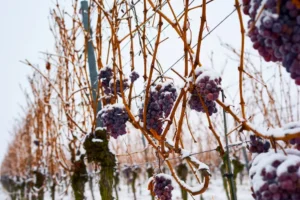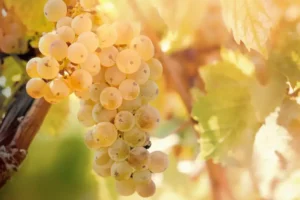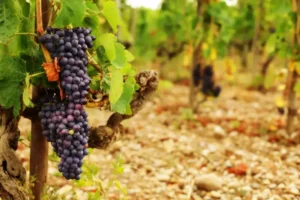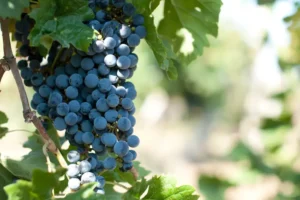What is Chardonnay?
Chardonnay is the world’s most popular and most widely planted white wine grape variety. It originated in Burgundy, France, where it still produces some of the most prestigious white wines, from the steely, mineral-driven bottles of Chablis to the rich and complex whites of Meursault and Puligny-Montrachet. The grape takes its name from a small village in the Mâconnais region of Burgundy, which hints at its deep roots in French winemaking history.
Over the centuries, Chardonnay has spread far beyond France and is now grown in nearly every wine-producing country. Its global success comes from how adaptable it is: Chardonnay thrives in every type of climate, from cool to warm, and winemakers love it because it responds beautifully to different techniques. Left alone, it can produce crisp, lean wines with pure fruit flavours, but with oak ageing and malolactic fermentation, it transforms into a rich, creamy, full-bodied style.
Today, Chardonnay is equally at home in the world’s most iconic wines as it is in everyday, affordable bottles. Its ability to express both terroir and winemaking style is what makes Chardonnay a true global star.
What does Chardonnay taste like?
Chardonnay is incredibly versatile, and its flavour profile can vary dramatically depending on climate, ripeness, and winemaking techniques.
Unoaked Chardonnay is bright, crisp, and refreshing. You’ll notice green apple, lemon, lime, pear, and sometimes subtle mineral or chalky notes. These wines are usually high in acidity, which gives them a clean, vibrant finish.
Oaked Chardonnay takes on a richer, creamier character. Barrel ageing and malolactic fermentation add layers of butter, vanilla, toast, and coconut, while riper fruit flavours like peach, mango, and pineapple shine through. The wine feels fuller-bodied and more textured.
Climate influence plays a big role. Cool climates tend to produce Chardonnays with higher acidity, leaner body, and flavours leaning toward citrus and green apple. Warm climates produce softer, rounder wines, often with tropical fruit notes and less sharp acidity.
Other flavour dimensions can include subtle floral notes, hazelnut, or almond nuances, particularly in wines that have been aged on lees or lightly oaked. The combination of fruit, acidity, and optional oak influence makes Chardonnay one of the most expressive and approachable white wines.
Chardonnay Flavour Profile
- Body: Light to full, depending on style
- Acidity: Medium to high
- Sweetness: Dry
- Fruit flavours: Green apple, pear, lemon, peach, tropical fruit
- Other notes: Butter, vanilla, toast, hazelnut (when oaked); minerality (in cooler climates like Chablis)
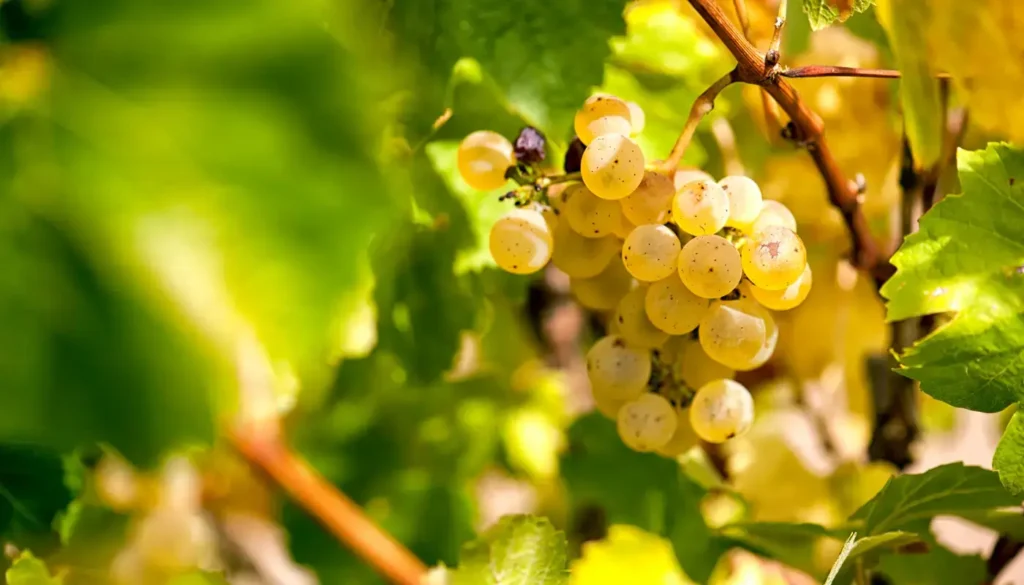
What food goes with Chardonnay?
Chardonnay is one of the most versatile food-pairing wines because its style changes so much depending on where it’s grown and how it’s made.
A crisp, unoaked Chardonnay works beautifully with light and delicate dishes, while a rich, oaked Chardonnay pairs best with creamy or buttery recipes.
Unoaked Chardonnay
Unoaked Chardonnay, like those from Chablis or cool-climate regions, is fresh, mineral, and citrus-driven. It’s perfect with oysters, sushi, and shellfish, as the wine’s acidity highlights the briny freshness of seafood.
It also works well with grilled white fish, goat’s cheese salads, and herb-roasted chicken, bringing brightness to lighter meals.
Oaked Chardonnay
Full-bodied, oak-aged Chardonnays, such as those from California or Burgundy’s Côte de Beaune, are richer and creamier with notes of butter, vanilla, and ripe tropical fruit.
They’re excellent with lobster in butter sauce, creamy pasta dishes, roast chicken with cream or mushroom sauce, roast turkey, and mushroom risotto. The wine’s weight and texture match the richness of these foods, creating great balance.
Chardonnay with cheese
Chardonnay also pairs beautifully with cheese. Unoaked styles work well with fresh goat’s cheese, while oaked Chardonnays are perfect with semi-hard cheeses like Comté or Gruyère.
Seasonal and special pairings
Chardonnay’s versatility extends to seasonal dishes. In autumn, try pumpkin risotto or creamy butternut squash soup with a lightly oaked style, while lighter unoaked wines work well with spring vegetable salads or grilled asparagus.
By thinking about the wine’s body, acidity, and oak influence, you can easily match Chardonnay with foods ranging from light seafood to indulgent, creamy dishes – making it one of the most flexible wines in your collection.
Where do you find Chardonnay?
Chardonnay is grown almost everywhere wine is made, but certain regions have built their reputation on producing world-class examples. The grape’s adaptability means the style changes dramatically depending on the climate and terroir.
France
Burgundy
Burgundy is the birthplace of Chardonnay, producing some of the most iconic wines in the world.
In Chablis, Chardonnay is unoaked and mineral-driven, with crisp acidity and flavours of green apple and citrus.
Moving south into the Côte de Beaune, you’ll find rich, complex wines from villages like Meursault, Puligny-Montrachet, and Chassagne-Montrachet, often aged in oak and layered with nutty, buttery depth.
The Mâconnais (including Pouilly-Fuissé) produces approachable, fruit-forward Chardonnays that offer great value.
Champagne
Chardonnay is also the main white grape in Champagne, usually blended with Pinot Noir and/or Pinot Meunier or producing Blanc de Blancs style when on its own.
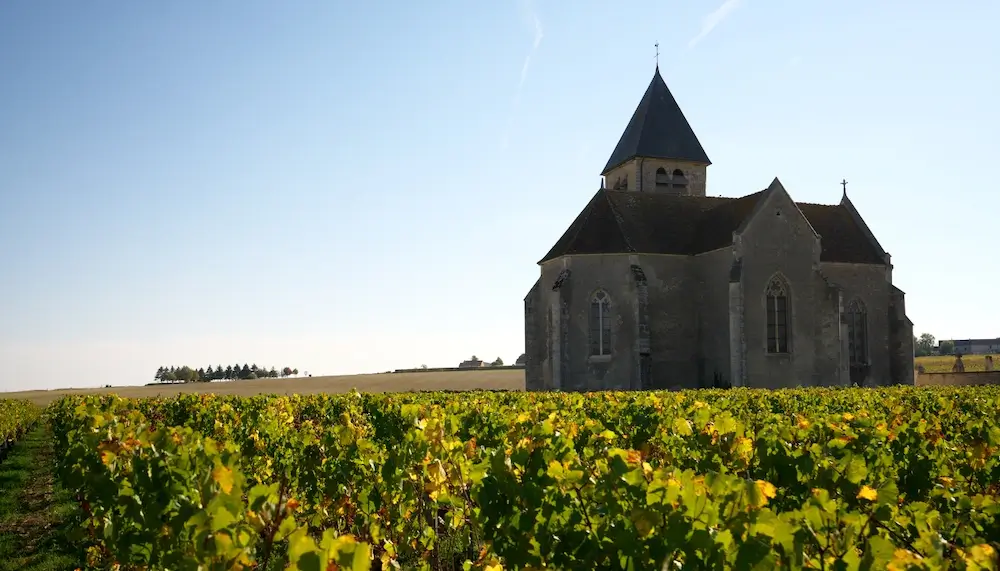
Chablis, France
United States – California & Oregon
In the US, California is Chardonnay’s stronghold. Sonoma Coast and Russian River Valley make elegant, cool-climate styles with fresh acidity, while Napa Valley is known for fuller-bodied, oaked Chardonnays with ripe tropical fruit and creamy textures.
Oregon has gained recognition for fresher, leaner styles closer to Burgundy in feel.
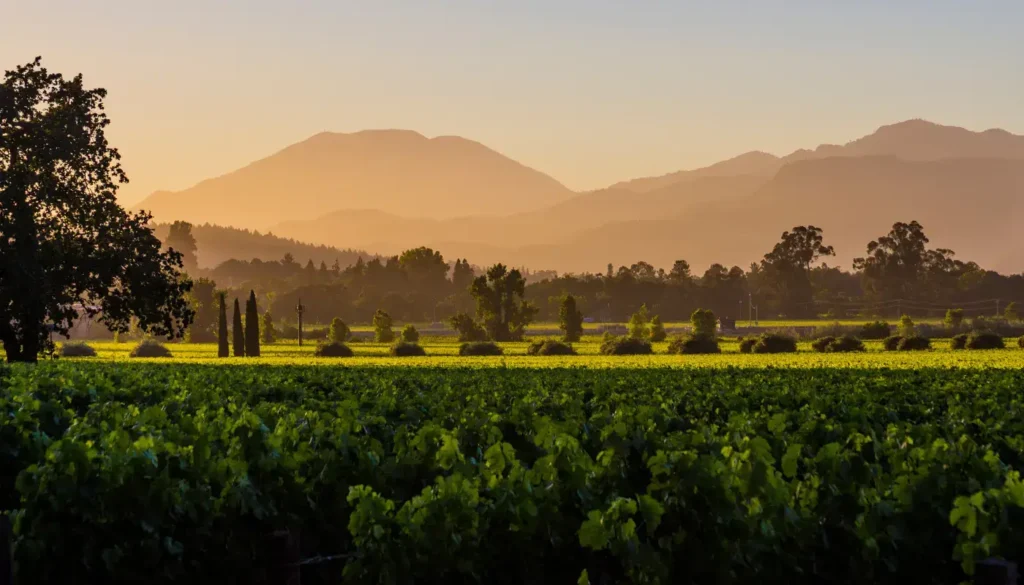
Napa Valley, California
Australia – Margaret River and Adelaide Hills
Australia has transformed its Chardonnay reputation over the last few decades. The once heavily oaked, buttery style has given way to fresher, more balanced wines. Margaret River produces structured, citrus-driven Chardonnay with a touch of oak, while Adelaide Hills is known for its bright, elegant examples.
Chile
Chile has become a reliable source of high-quality, good-value Chardonnay. Thanks to the cooling influence of the Pacific Ocean and Humboldt Current, regions like Casablanca Valley and Limarí Valley produce vibrant wines with fresh acidity and flavours of citrus, stone fruit, and subtle minerality.
South Africa
In South Africa, Chardonnay grows especially well in regions such as Stellenbosch and Walker Bay, where cooling breezes balance the warm climate. Styles range from fresh, mineral-driven wines to richer, oak-aged examples with creamy textures and ripe fruit. Many strike a balance between Old World restraint and New World ripeness.
New Zealand – Marlborough and beyond
Better known for Sauvignon Blanc, New Zealand also produces excellent Chardonnay. In Marlborough, the wines are vibrant and fruit-forward with citrus and stone fruit flavours, while regions like Hawke’s Bay offer richer, oak-aged versions.

